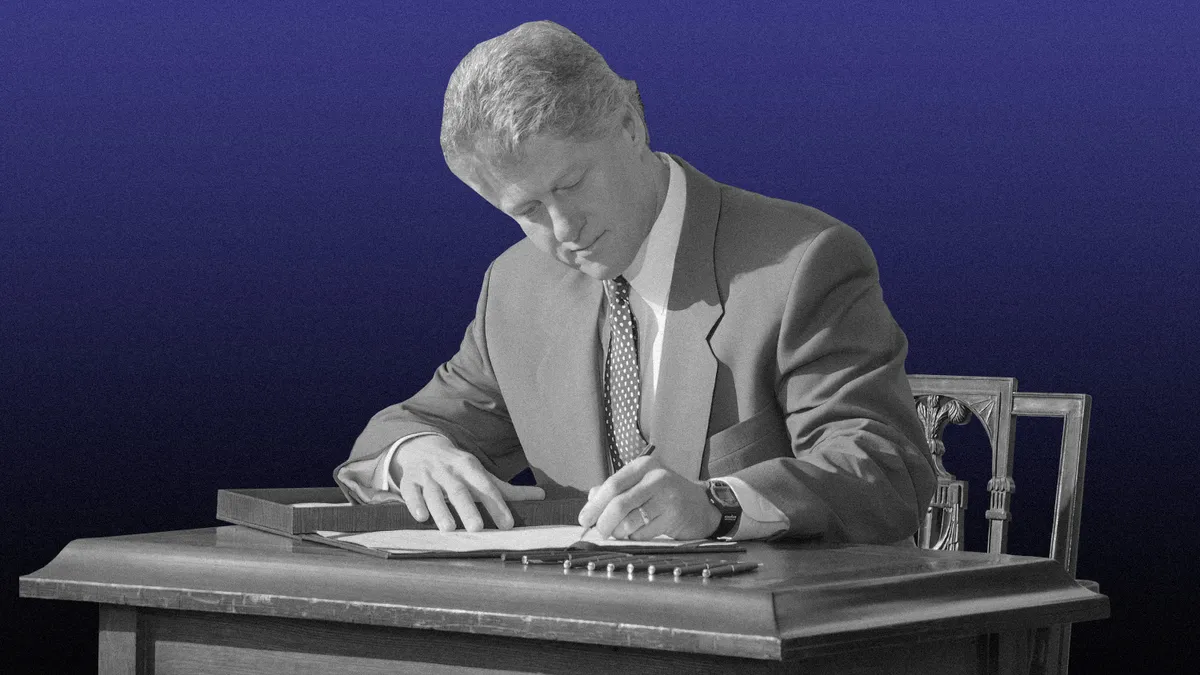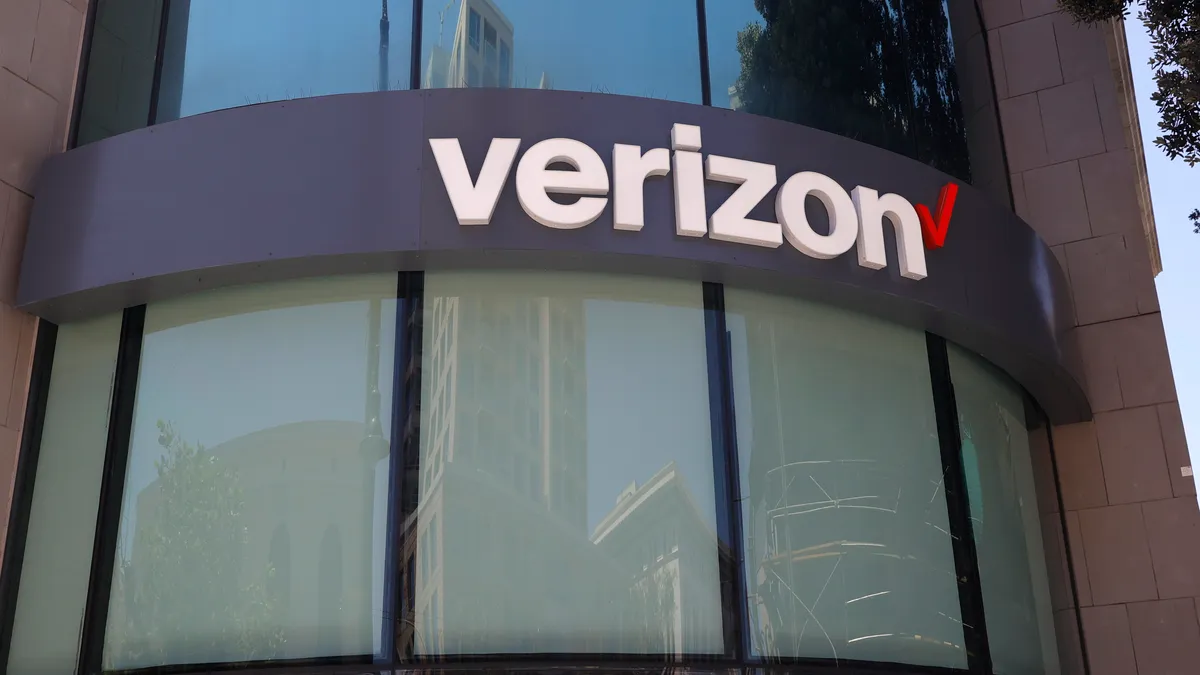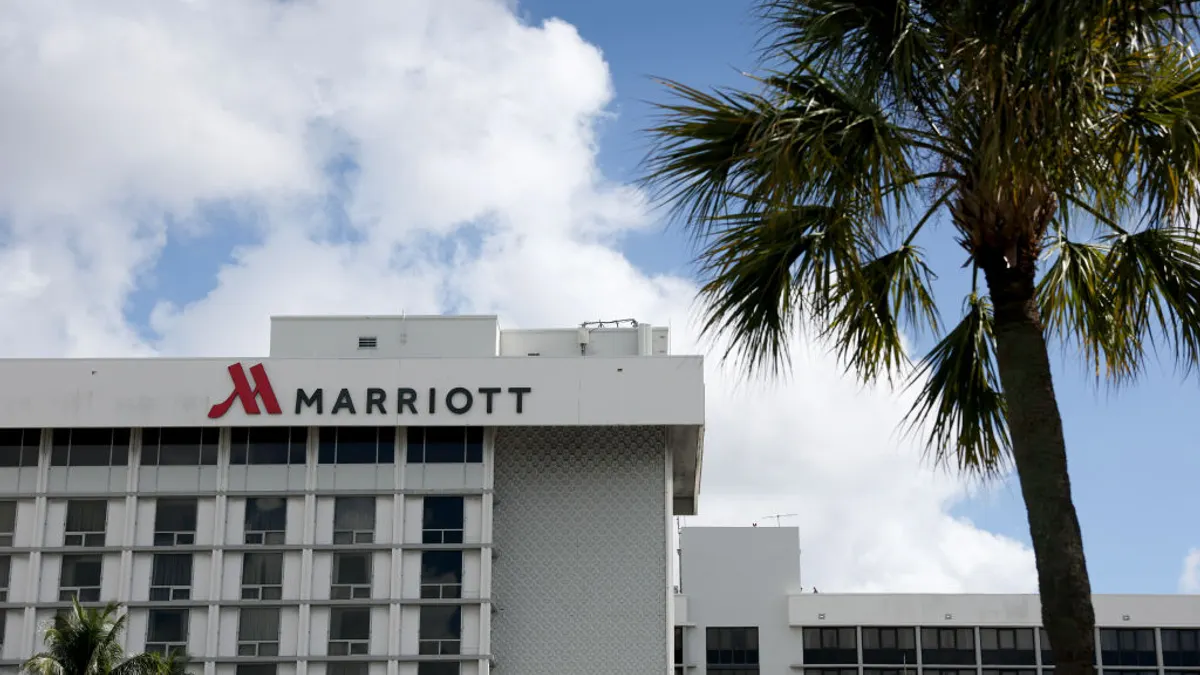Former President Bill Clinton signed the Family and Medical Leave Act into law on Feb. 5, 1993. In remarks made at the White House Rose Garden that day, Clinton said the FMLA addressed a “substantial and growing need” of a changing workforce.
“We all bear the cost when workers are forced to choose between keeping their jobs and meeting their personal and family obligations,” Clinton said. “The [FMLA] sets a standard that is long overdue in working America.”
Thirty years later, the FMLA continues to form one of HR departments’ primary administrative responsibilities and grants millions of American workers access to job-protected leave to handle a wide range of life situations.
The law’s longevity is a point of pride for organizations like the National Partnership for Women & Families, a Washington, D.C.-based nonprofit that played a lead role in drafting the FMLA and advocating for its passage.
“Our statistics show that in 30 years, the job-protected FMLA has been used more than 460 million times,” Judith Lichtman, senior advisor at the NPWF, said in reference to the findings of a study released by the organization this week. “And I feel like screaming it from the rooftops with a big smile on my face. It is an incredible number.”
The law provides 12 weeks of unpaid, job-protected leave to U.S. workers for qualifying reasons. Prior to the FMLA, no such guarantee existed at the federal level, said Jeff Nowak, shareholder at Littler Mendelson.
“It was groundbreaking,” Nowak said of the FMLA’s impact. “The law allowed new parents time off from their job to bond with their children, and allowed employees to take time to help gravely ill family members and take care of their own health problems, all without fear of losing their jobs.”
But the FMLA is also notable for what it is not.
It does not provide income replacement. As far as the private sector is concerned, FMLA leave is available only to workers of employers with 50 or more employees. Employees are not covered by the law until they have worked for their employer for at least 12 months and at least 1,250 hours during the 12 months prior to the start of leave. The NPWF’s study estimates that 44% of U.S. workers are not eligible for FMLA leave.
Advocates celebrate the law despite those limitations, and though it has existed with few alterations in the 30 years since it took effect, sources who spoke to HR Dive believe the FMLA has helped form the basis for ongoing political and societal conversations on workers’ rights.
From pen and paper to law of the land
When it comes to telling the FMLA’s story, few are perhaps as qualified as Lichtman, who joined the NPWF — then known as the Women’s Legal Defense Fund — as its executive director, and its first paid staff member, in 1974.
Asked where she would begin a discussion of the FMLA’s history, Lichtman pointed to the U.S. Supreme Court’s 1976 ruling in General Electric v. Gilbert. In Gilbert, the court held that pregnancy discrimination did not constitute discrimination under Title VII of the Civil Rights Act. According to Lichtman, that decision led the Women’s Legal Defense Fund to take a lead role in writing and advocating for passage of the Pregnancy Discrimination Act in 1978.
Lichtman said the PDA “was a great triumph,” but that she and others soon recognized that women, particularly those who were low-wage workers as well as women of color, were still significantly disadvantaged and discriminated against in the workplace because of their caregiving responsibilities.
“It was that recognition that we had only done one part of the job that took us to looking at civil rights laws needed to be put in place to ensure that those very workers were protected by law — men and women, women and men — so that caregiving responsibilities would not be a factor that employers could use to discriminate against them,” she said.
Lichtman said she credited Donna Lenhoff, who served as the Women’s Legal Defense Fund’s general counsel at the time, with putting “pen to paper” and drafting the FMLA.
In a 2004 article, Lenhoff described the nine-year process that passed between the law’s drafting in 1984 and its eventual passage. Lenhoff wrote that the FMLA drew support from a broad coalition, which included not only Democratic and Republican lawmakers, but also organizations ranging from the League of Women Voters to the then-U.S. Catholic Conference to the AARP.
Originally proposed as the Family Employment Security Act, the FMLA passed both houses of Congress twice in 1990 and 1992. Former President George H.W. Bush successfully vetoed the bill both times. Clinton signed the FMLA less than a month after his 1993 inauguration.
Amendments to the FMLA made between 2008 and 2010 expanded the law’s provisions to provide employees with family members serving in the U.S. military leave for reasons related to a family member’s service and established an hours of service eligibility requirement for airline flight attendants and flight crew members. In 2015, the U.S. Department of Labor published a final rule updating the regulatory definition of “spouse” in the FMLA context to clarify that employees in legal same-sex marriages are able to take FMLA leave.
The law has only become more impactful with time, particularly as members of the Baby Boom generation grew older while working later in life, said Nowak. Older workers increasingly benefit from access to leave for medical reasons, he said, while younger workers have benefited from leave access for births and adoptions as well as for taking care of older parents and loved ones.
“The FMLA has never been more important in the lives of everyday people, but also, to the companies and organizations that employ those people,” Nowak added. “It’s never meant more to the health of the workforce, and therefore the country, than it does right now. It’s only gained in significance, and it’s only going to continue to do so.”
A groundwork for paid leave laws?
The FMLA does not provide paid leave, and a lack of access to paid leave at the national level means that the U.S. remains one of the few industrialized countries to not guarantee some form of paid parental leave for all citizens.
Even before 1993, however, debates over paid leave were intertwined with debate of the FMLA, Lichtman said. “Our opposition would say, ‘They’re really after paid leave.’ And I would say, ‘Right, absolutely.’ We all understood that workers need not only job protection but wage replacement to be both excellent, productive workers and live up to family responsibilities.”
The law’s lack of wage replacement “was a great source of consternation at that very moment,” said Lichtman, who cited a lack of political will at the time to provide paid leave. “The FMLA contemplates either the worker having independent economic support or public assistance,” she continued. “That, in and of itself, tells you how many people need family leave and how many people can’t take it because they don’t have the economic support needed.”
Since that time, paid leave gathered support from many corners of the U.S. political spectrum — but how, or if, a federal paid leave mandate could be implemented remains a tense debate. Even so, a number of state and local jurisdictions have implemented their own paid leave requirements. At least 11 states and Washington, D.C., have paid family and medical leave laws on the books, according to the National Conference of State Legislatures, while 16 states and D.C. require some form of paid sick leave.
Paid leave may be a natural evolution to the FMLA based on the positive impacts researchers have observed for workers, according to Nowak. “There’s plenty to be gained by adopting paid leave,” he said. “You affirm a commitment to work-life balance, you improve recruitment and retention of the best candidates, you improve morale. We’ve also seen plenty of reliable studies that indicate that paid leave is good for business and good for employees.”
A review of available empirical research published by the American Psychological Association noted that paid parental leave can reduce financial stress and provide health benefits for new mothers.
Despite those findings, paid leave “is also a political animal,” Nowak said. “All sides have made that issue into a political one, and when that happens, it just becomes divisive. Instead of finding common ground, both sides become entrenched, and that leads to gridlock and it leads to what we’ve seen.”
The issue is nonetheless one of importance for those who may be eligible for FMLA leave but cannot afford to take it. In its study findings, the NPWF said it estimated that about 10.9 million workers needed leave but did not take it in 2022, and 7.2 million of that contingent said it was because they could not afford unpaid leave. These limitations are especially felt by Black women, according to the NPWF, 1.1 million of whom need leave in a typical year but do not take it.
“The job protection piece of FMLA alone is not enough for workers [and] that wasn’t enough when it was enacted, either,” said Sharita Gruberg, VP of economic justice at the NPWF. “It’s not a replacement for a federal program, but it’s very clear that states are unable and unwilling to wait for the federal government to catch up to the needs of workers.”
Some who spoke to HR Dive are not optimistic about a federal paid leave law’s prospects, however. “There’s a recognition among a lot of people that the U.S. is an outlier in terms of not providing a certain level of paid leave,” said Ashley Brightwell, partner at Alston & Bird. “But we’re a unique place, and I don’t see that changing, at least not any time soon.”
Similarly, Nowak said he believes the issue will be left to the states for the foreseeable future. “I don’t have confidence that Congress will get its act together and enact paid leave,” he said. “It will be a real loss and hardship for employers, and they will be left to administer hundreds of paid leave laws across the country as opposed to one standard, federal leave law that’s more comprehensive in nature.”
Still, Lichtman said the FMLA is just the start of a broader national effort. “We never thought of the FMLA as the end of success and nirvana,” she said. “It was always exciting and a revolutionary, important provision, but it was only the beginning. And we understood that from the very beginning.”
The employer view: Administrative struggles
Though employers generally acknowledge the FMLA’s significance, FMLA administration constitutes “some of the most difficult scenarios for HR professionals,” Nowak said.
In conversations with employers, he added, concerns about FMLA leave abuse and misuse are a common theme. “I think it’s fair to say that the way the FMLA was constructed, it was meant to deal with the most serious of health issues and not meant to cover the general aches and pains of everyday life,” Nowak said. “There isn’t real specific guidance from the DOL, for instance, as to what conditions are and are not covered by the FMLA, and we’re never going to come up with some list to determine what’s in and what’s out, but we certainly could have better guidance.”
Nowak said he acknowledged that only a small number of employees actually misuse FMLA leave — the NPWF study found that less than 2% of worksites report any FMLA misuse — but a lack of clear guidance on how to manage employees who, for example, exceed the frequency of absences, can impact co-workers “in a very real way.”
“It causes the other employees to work harder for the employee who’s misusing leave,” Nowak said. “It causes them to be cynical, causes a breakdown in relationships between co-workers, impacts employee morale and wrecks havoc on employer operations and staging.”
Others are concerned with the implementation of intermittent FMLA leave, an issue that has become a particular problem amid the move to remote and hybrid work during the COVID-19 pandemic, employer-side attorneys previously told HR Dive.
“It is certainly a challenge” to implement intermittent leave requirements, Brightwell said, and employers may struggle with tracking leave and managing situations in which employees give little to no notice. “Once someone has been approved for intermittent FMLA leave, you are somewhat hamstrung.”
But Gruberg noted that NPWF’s study cited studies showing that 32% of employers said they experienced positive effects from the FMLA, while 92% reported that they had no difficulty complying with the FMLA.
“All the independent studies that I have seen about the ease and the administrative efficiency and efficacy of enforcement, as well as some of the studies on the implementation of state laws, have consistently revealed the employer community and state administrators being very direct and clear that they had not experienced the kind of worries that both circulated before the passage of the FMLA and our conversations now,” Lichtman said. “I know the anecdotal evidence is out there, but I don’t think the independent studies support those individual anecdotes.”
Celebration, and moving forward
Nowak said he still expects the FMLA to be slightly changed in the near future, particularly as the DOL and other federal agencies assess the impact of a more remote and transient workforce.
Changing family dynamics also may necessitate changes, he added. “Siblings who want to care for siblings is more frequent of an issue than it’s ever been, and that’s of course not covered by the FMLA. As family member relationships change and other nontraditional members of the family are caring for one another, how will the FMLA adapt?”
Nowak also said he would not be surprised if — and, in fact, hopes — the FMLA is updated to cover bereavement leave. “It’s an everyday issue that all people have to grapple with, and there should be an outlet in federal law to cover that.”
Lichtman said that while acknowledging the FMLA’s importance as a civil rights act for the last 30 years and counting is important, so too is awareness of the need to create further protections for workers.
“We do indeed have a lot to celebrate,” Lichtman said. “And at one and the same time, one can recognize that while we have come very far, we have far to go.”
Correction: A previous version of this story incorrectly described the time frame for leave under the FMLA. The law provides 12 weeks of unpaid, job-protected leave to qualifying workers.






















